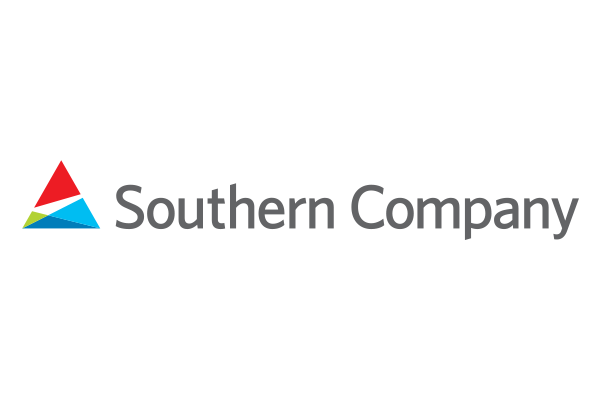
Earnings Per Share (EPS) of $1.23, surpassing the estimated EPS of $1.20.
Reported net income for the first quarter of 2025 was $1.3 billion, an increase from the previous year’s $1.1 billion.
Actual revenue reached approximately $7.78 billion, exceeding the estimated $7.15 billion.
Southern Company (NYSE:SO) is a prominent energy provider in the United States, known for its commitment to delivering reliable utility services. The company operates in the energy sector, focusing on electricity generation, transmission, and distribution. Southern Company competes with other major utilities like Duke Energy and NextEra Energy, striving to maintain a strong market position.
On May 1, 2025, Southern Company reported its earnings, showcasing an earnings per share (EPS) of $1.23, surpassing the estimated EPS of $1.20. This achievement reflects the company’s ability to exceed market expectations. The reported net income for the first quarter of 2025 was $1.3 billion, or $1.21 per share, marking an increase from the previous year’s $1.1 billion, or $1.03 per share.
Southern Company’s revenue performance was equally impressive, with actual revenue reaching approximately $7.78 billion, exceeding the estimated $7.15 billion. This represents a 17% increase from the $6.6 billion reported in the first quarter of 2024. The company attributes this growth to higher utility revenues, despite facing increased non-fuel operations, maintenance expenses, and depreciation and amortization.
The company’s financial metrics provide further insight into its market standing. Southern Company has a price-to-earnings (P/E) ratio of about 22.93, indicating the price investors are willing to pay per dollar of earnings. The price-to-sales ratio is approximately 3.78, reflecting the value placed on each dollar of sales. Additionally, the enterprise value to sales ratio stands at around 6.22.
Southern Company’s financial health is also highlighted by its earnings yield of about 4.36%, which indicates the return on investment for shareholders. However, the debt-to-equity ratio of approximately 1.99 suggests a significant reliance on debt to finance its assets. The current ratio of around 0.67 indicates the company’s ability to cover short-term liabilities with short-term assets, which may require attention.
